Pronator Syndrome
Pronator syndrome is a nerve compression condition where the median nerve is entrapped as it passes through the forearm. This condition leads to pain and functional limitations in the hand and wrist.
What causes Pronator Syndrome?
This condition is frequently seen in athletes, weightlifters, and individuals with repetitive arm movements. Common causes include:
- Repetitive pronation (turning the palm downward)
- Spasm of pronator teres muscle
- Direct trauma
- Muscle hypertrophy
- Anatomical variations
Symptoms of Pronator Syndrome
The symptoms of pronator syndrome can be mistaken as indicators for other conditions. Common signs include:
- Forearm pain, particularly on the palm side
- Numbness and tingling in the thumb, index, and middle fingers
- Weak grip strength
- Discomfort with resisted pronation
To treat the symptoms above and prevent further complications, affected individuals should seek early medical intervention.
Diagnosing Pronator Syndrome
A comprehensive assessment includes a physical examination, strength testing, and nerve conduction studies. Symptoms can overlap with carpal tunnel syndrome, making precise diagnosis essential for effective treatment.
Nonsurgical Treatment for Pronator Syndrome
The Orthohealing Center offers the advanced, nonsurgical techniques below to address the underlying causes of pronator syndrome and promote natural healing.
- Platelet-rich plasma (PRP) therapy: the patient’s own platelets are used to reduce inflammation and stimulate tissue repair
- Platelet lysate or alpha 2 macroglobulin (A2M): these processes use the patient’s own growth factors and proteins to reduce inflammation and stimulate tissue repair
- MFAT: the stroma fibers and mesenchymal stem cells present in fat are used to support the health and reduce symptoms associated with damaged tissue and nerve
- Softwave therapy: this noninvasive technology is effective at reducing myofascial pain and muscle tension that could be compressing the nerve
- Class V laser therapy: this noninvasive technology promotes an anti-inflammatory environment, improves blood flow, and reduces pain mediators
- Neufit: this noninvasive active modality can release tension in the affected tight muscles and stimulate nearby weak muscles
- this can activate and reestablish muscle balance and reduce any contributing overuse to the muscle spasm
- Nerve hydrodissection therapy: a minimally invasive technique that uses fluid to separate and relieve compressed nerves
- Trigger point injections: injections directed into tight muscle to release knots in the piriformis or inferior gamellus
- Therapeutic Botox injections: for muscles that have responded only temporarily to trigger points, Botox may offer more long-term relief
- physical therapy post-procedure is essential to “reset” the muscle and elongate it while in a more relaxed state
We customize innovative treatment plans to restore function and mobility, alleviate pain, reduce inflammation, and enhance quality of life without the associated risks of surgery.

